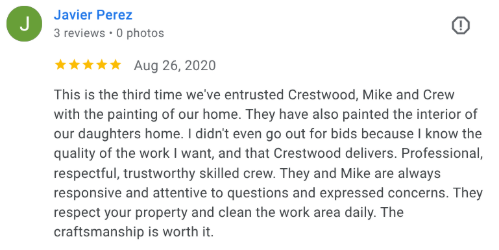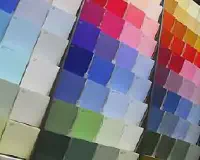nail pop (noun) | ˈnāl ˌpäp| A condition in which a nail protrudes above the surface of drywall or siding due to structural movement, wood shrinkage, or improper installation.
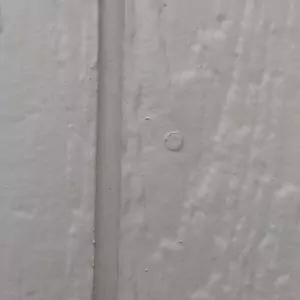
Nail Pops: What They Are and How to Fix Them
A nail pop is simply a nail head that has pushed above the surface of a wall or siding. These can appear both inside and outside your home, usually due to structural settling, seasonal expansion and contraction, or construction shortcuts. While nail pops can be unsightly, they’re rarely a sign of water intrusion or structural failure. Here’s what you need to know about fixing them the right way.
Exterior Nail Pops
On exterior surfaces, a visible nail head isn’t always a nail pop. Exterior nails are often left slightly visible, especially on newer construction where plywood siding and rapid building timelines create the perfect conditions for minor shifting.
If the original siding crew had taken an extra second to properly set each nail—just dimpling the surface without overdriving—it could have prevented many of these issues. But time and budgets don’t always allow for that level of care.
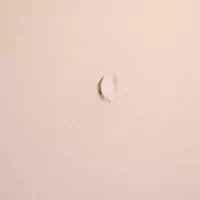
When to Fix Exterior Nail Pops
- If the nail is flush with the surface and hasn’t broken the paint film: Leave it alone. It’s doing its job.
- If the nail is protruding: Tap it flush with a hammer, oil prime it if there’s rust, and seal it with high-quality caulk to prevent moisture from getting in.
Usually Not a Source of Water Infiltration
Despite common concerns, exterior nail pops typically don’t lead to water intrusion. Water doesn’t force its way past the nail head under normal conditions, as there’s no pressure pushing it through. If the surrounding paint film remains intact, moisture has no direct path inside. However, if rust is visible or the paint is cracked, sealing the nail head with an oil-based primer and high-quality caulk ensures long-term protection against potential water damage.
Nail pops can be unsightly but are rarely a sign of water intrusion or structural failure.
True Story!
One suburban homeowner was determined to eliminate every visible nail head on their siding, insisting that each one be hammered in and sealed with caulk. The result? A tedious, time-consuming process that actually made things worse. In trying to "fix" the problem, they ended up with a siding full of small, smooth caulk spots that stood out against the textured surface — even after painting. Worse, some nails were driven too deep, breaking the protective paint film and increasing the risk of moisture damage.
Sometimes, leaving well enough alone is the best approach. If the nail is doing its job and hasn’t broken through the paint, it’s best left untouched. Fixing what isn’t actually broken can create bigger headaches in the long run!
Interior Nail Pops
Interior nail pops happen for similar reasons—settling, lumber shrinkage, or improper fastening. However, they’re usually more noticeable to homeowners since they look tacky—especially when they appear along ceiling joints, where structural movement is most common. These can be trickier to reach, making them more of a nuisance, but they’re still part of a thorough interior painting project.
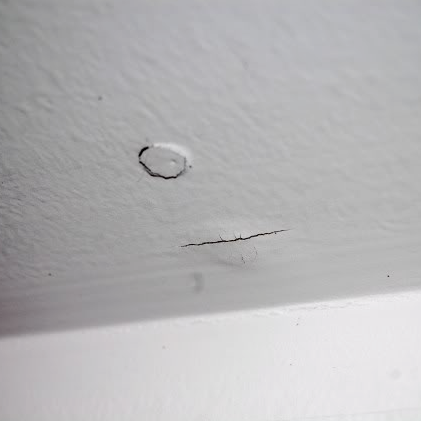
How to Fix Interior Nail Pops
- Check if it’s loose. If the nail can be pulled out by hand, remove it.
- Secure the drywall. Whether you remove the nail or not, drive a drywall screw about an inch or two away from the pop to anchor the sheetrock more securely.
- Set the nail. If the nail is still in place, tap it slightly below the surface.
- Patch it up. Use spackle or drywall compound to skim over the area, let it dry, sand it smooth, and paint.
I can’t recommend Crestwood enough. They are efficient, professional, and make sure every detail is nailed.(more reviews here)
Interior nail pops are a common but purely cosmetic issue caused by natural settling. They’re most noticeable along ceiling joints and can be a hassle to reach, but with the right fix—securing the drywall, setting the nail, and patching smoothly—they disappear with minimal effort.
Nailed It! Wrapping Up Nail Pops
Nail pops, whether inside or out, are more about aesthetics than function. Exterior pops often look worse than they are, and over-fixing can create bigger problems. Interior pops, while unsightly, are easy to correct with the right approach. If you’re unsure whether yours need attention, book an estimate time with us — we’re happy to help keep your home looking its best. No drips, no drama—just solid, straightforward solutions.
